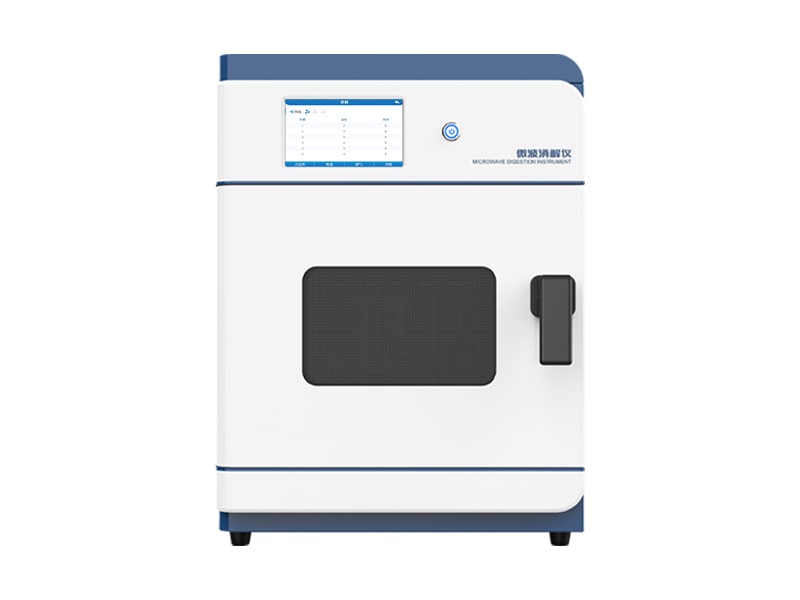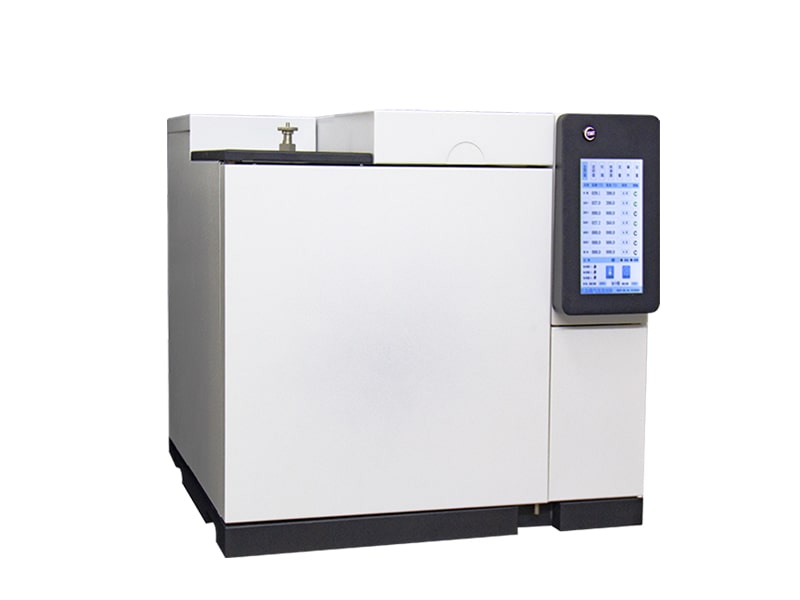In laboratories in the fields of food safety, environmental monitoring, etc., sample pretreatment is the key to testing accuracy. Microwave digestion equipment has become an important tool in modern laboratories due to its high efficiency and environmental friendliness. This article will delve into its technical principles, advantages, and operational points to assist researchers in efficiently completing pre-processing tasks.

Microwave digestion analyzer: definition and core application scenarios
Microwave digestion instrument is a device that uses microwave heating technology to rapidly digest samples, achieving rapid decomposition of samples through high temperature and high pressure environment. Its application areas cover food testing, environmental monitoring, disease control, quality supervision, and research institutes.
Technical principle: Dual effect of microwave heating
1.Molecular polarization effect
Polarized molecules collide and rub at high speed in a microwave electric field, generating thermal energy through intense collisions and friction between molecules, achieving "body heating" and significantly improving digestion efficiency.
2.Ionic conductivity effect
Ions in the solution flow directionally in a microwave electric field, generating high-speed friction and collision, converting microwave energy into thermal energy, further accelerating sample decomposition.
3.Technical advantages:
Efficiency: The digestion time has been reduced from several hours using traditional methods to 10-30 minutes;
Environmental friendliness: reduced reagent consumption and minimal loss of volatile elements;
Accuracy: The non-contact infrared temperature control system detects and controls the temperature inside the tank in real time, displays the temperature and curve inside the microwave digestion reaction tank, and cooperates with software to automatically control the temperature to avoid local overheating;
Safety: The overpressure automatic release device ensures stable pressure and prevents the risk of tank explosion.
Operation points and precautions
1. When using the instrument, be sure to use it on a grounded socket to ensure good grounding.
2. Before use, please remove the cover of the air inlet and outlet.
3. Prohibit empty tank operation. If only a few samples need to be digested, the remaining digestion tanks should be filled with an equal amount of water.
4. One end of the 80mm diameter exhaust pipe can be inserted into the air outlet behind the instrument, and the other end can be placed in a fume hood. If toxic gas leaks from the digestion tank, the exhaust fan can be turned on to discharge the gas.
5. It is recommended that the staff wear work clothes, gloves, and goggles during the experimental operation to avoid injury.
6. Opening steps:
① After waiting for the digestion tank to cool down, take out the digestion tank and place it vertically, or remove the entire digestion tank rack.
② Remove the inner tank of the digestion tank from the explosion-proof outer tank, and place the outer tank stably or onto a suitable pipe rack.
③ Slowly unscrew the lid of the digestion tank in the fume hood, paying attention to tilting the digestion tank mouth outward to avoid splashing the internal liquid onto the body.
7. Cleaning steps
① Rinse the inside of the digestion cover with a small amount of distilled water 2-3 times and collect the solution into the digestion tube.
② Place the washed digestion tank with its opening facing upwards in a safe position on the table.
③ Perform corresponding transfer and volumetric analysis on the digestion products.
④ Tear and clean the rotor, digestion tank, and instrument, and dry them.
The microwave digestion instrument improves the efficiency of laboratory pre-treatment processes with its "green, efficient, and accurate" characteristics. Mastering its technical principles and operating standards can not only improve detection efficiency, but also safeguard the reliability of scientific research data.
Article address:http://www.labinstruments.net/news/33.html







